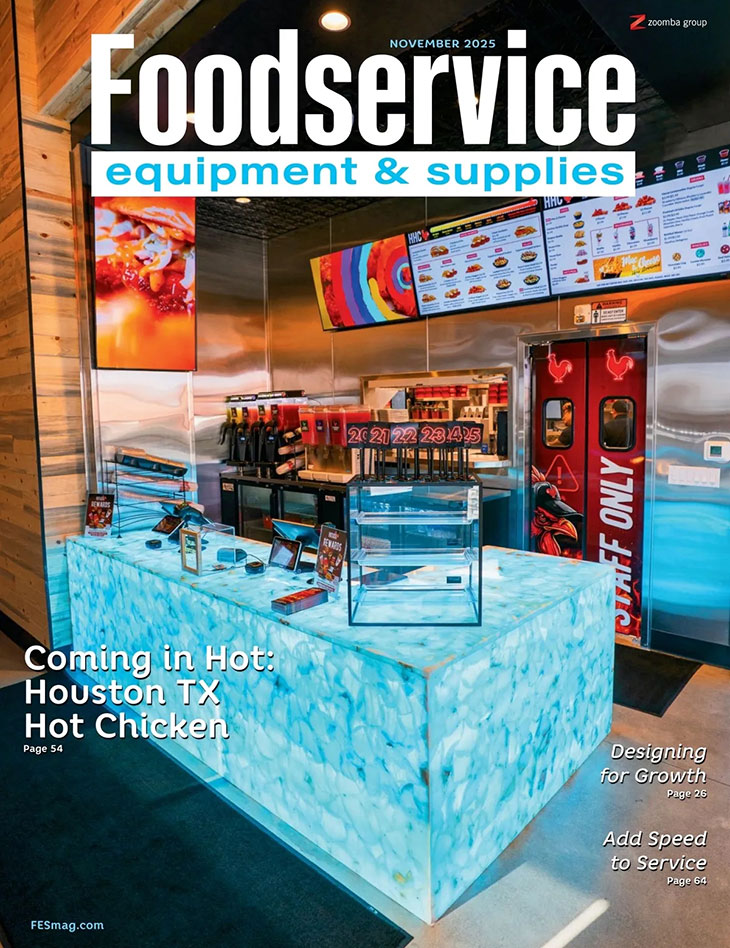Blast chillers are popular with large institutional feeders, like hospitals and school districts, as well as a variety of other foodservice operators. The smallest units can cost more than $10,000, while role-in blast chillers can top $70,000. It’s important for operators to practice good cleaning and maintenance to protect their investment.
- Blast chillers rely on temperature probes to operate properly. Keep these probes in good working order. Be careful not to shut the door on them and clean them regularly, as recommended by the manufacturer. Also, look for signs of wear and tear on probe wires.
- Blast chillers are basically souped-up refrigeration units. Like all refrigerators, their coils need regular cleaning. Keep vents clear of dust and debris at all times, too.
- Clean the outside of blast chillers with warm, soapy water and a sponge. Don’t use abrasive chemical cleaners, which could scratch or score the unit.
- Regularly run a blast chiller’s defrost cycle, following the manufacturer’s schedule, to avoid ice buildup on the evaporator coils.



